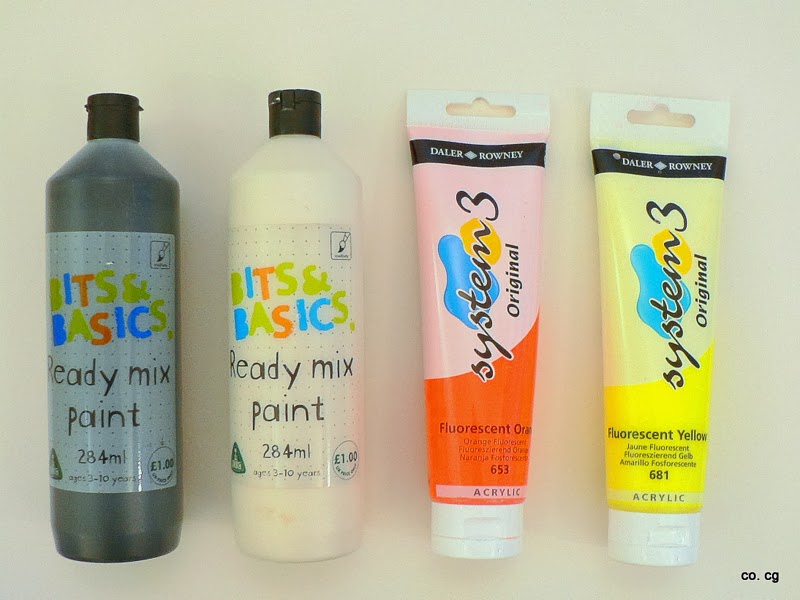The following idea is based on an exercise by my
former Art teacher Mr. Rose in college.
I had so much fun when doing it and learned so much on
DADA and Art history, that I want it to share with you.
I love love love DADA! It's a source of
inspiration for me, because of its multi media use, its nonsense and absurdity.
I don't know how popular DADA is, so I guess I’ll just
start with a short introduction.
DADA was an art movement in the early 20th century of
the European avant-garde. It started probably in Zürich around 1915 and then
spread to Berlin, New York and other cities. Artists protested against the First
World War and the bourgeois culture with provocation and satirical nonsense. DADA
inspired Collage, Photomontage, Assemblage, Ready Mades and Sound
poetry. Famous artists involved where Max Ernst, Salvador Dali, Hans Arp,
Marcel Duchamp and Kurt Schwitters.
Sound poetry uses the phonetic aspects’ of human speech. In times of DADA it was often part of a public performance. Here is a famous poem by DADAist Hugo Ball:
Karawane
jolifanto bambla ô falli bambla
grossiga m'pfa habla horem
égiga goramen
higo bloiko russula huju
h`ollaka hollala
anlogo bung
blago bung
bosso fataka
ü üü ü
schampa wulla wussa ólobo
hej tatta gôrem
eschige zunbada
wulubu ssubudu uluw ssubudu
tumba ba- umf
kusagauma
ba- umf
If you are brave enough, print out the sound poem
"Karawane", position yourself in the middle of your living room;
maybe with a few unlucky spectators and read the poem out loud ... have fun!
You should now have an idea of sound poetry and maybe
even had a go at it. Now how about making your own sound poem...
What you will need:
- Different magazines
- Scissors
- Cardboard or drawing paper
- Glue
- Get some magazines and start cutting out different headlines. The letters should be 1/3 cm high (0.4-1.2 inches). If you have different magazines, you have a better chance of getting words in different typography and colours, which will make the visual later more interesting.
- Get a good pile of words. Cut out the words into different letters and sort them into the alphabet. A few letters each is enough, otherwise it becomes an exercise in OCD.
- Get the cardboard, scissors and some glue and get started imagining some new words. A sound poem is an acoustic experience. It helps using lots of vowels and nice sounding letters like R, K, P, S and Z.
- And Voilà. You can frame your work for display – and remember to rehearse in case someone asks what it is.

































